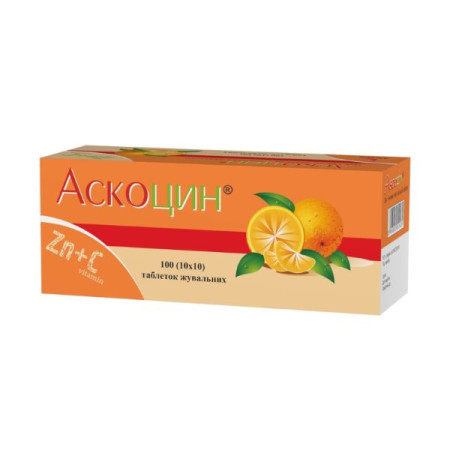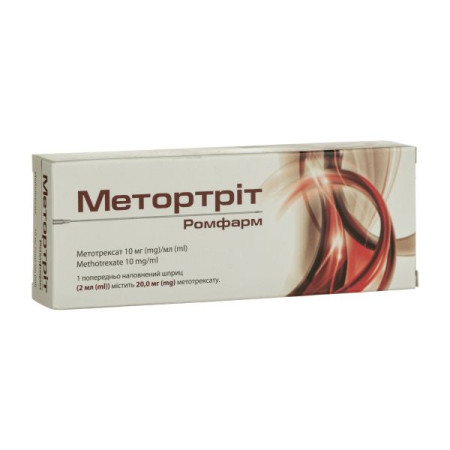Ceretilin solution for injection 500 mg/4 ml ampoules 4 ml No. 5

Instructions for use: Ceretilin solution for injection 500 mg/4 ml, ampoules 4 ml No. 5
Composition
active ingredient: citicoline;
1 ampoule (4 ml) of the drug contains 500 mg or 1000 mg of citicoline;
Excipients: concentrated hydrochloric acid or sodium hydroxide, water for injection.
Dosage form
Solution for injection.
Main physicochemical properties: transparent colorless solution.
Pharmacotherapeutic group
Psychostimulants, drugs used for attention deficit hyperactivity disorder (ADHD), nootropics. Other psychostimulants and nootropics. ATC code N06B X06.
Pharmacological properties
Pharmacodynamics.
Citicoline stimulates the biosynthesis of structural phospholipids of neuronal membranes, which is confirmed by magnetic resonance spectroscopy. Due to this mechanism of action, citicoline improves the functioning of such membrane mechanisms as the work of ion exchange pumps and receptors, the modulation of which is necessary for the normal conduction of nerve impulses.
Due to its stabilizing effect on the neuronal membrane, citicoline exhibits properties that help reduce brain edema.
Citicoline inhibits the activation of some phospholipases (A1, A2, C and D), reduces the formation of free radicals, prevents the destruction of membrane systems and preserves antioxidant defense systems such as glutathione.
Citicoline preserves the energy reserves of neurons, inhibits apoptosis, and stimulates the synthesis of acetylcholine.
It has been proven that citicoline also has a preventive neuroprotective effect in focal cerebral ischemia.
Citicoline is known to significantly increase functional recovery in patients with acute ischemic stroke, which coincides with a slowing of the growth of ischemic brain damage volume according to neuroimaging data.
In patients with traumatic brain injury, citicoline accelerates recovery and reduces the duration and intensity of post-traumatic syndrome.
Citicoline improves the level of attention and consciousness, cognitive and neurological disorders associated with cerebral ischemia, and helps reduce the manifestations of amnesia.
Pharmacokinetics.
After administration of the drug, a significant increase in the level of choline in the blood plasma is observed. The drug is metabolized in the intestines and liver to form choline and cytidine.
After administration, citicoline is widely distributed in brain structures with rapid incorporation of the choline fraction into structural phospholipids and the cytidine fraction into cytidine nucleotides and nucleic acids. In the brain, citicoline is incorporated into cellular, cytoplasmic and mitochondrial membranes, integrating into the structure of the phospholipid fraction.
Only a small amount of the dose is found in the urine and feces (less than 3%). Approximately 12% of the dose is excreted in exhaled CO2. During the excretion of the drug with urine, two phases are distinguished: the first phase lasting 36 hours, in which the rate of excretion decreases rapidly, and the second phase, in which the rate of excretion decreases much more slowly. The same phasic nature is observed in excretion through the respiratory tract. The rate of CO2 excretion decreases rapidly, for about 15 hours, then decreases much more slowly.
Indication
- Stroke, acute phase of cerebrovascular disorders and treatment of complications and consequences of cerebrovascular disorders.
- Traumatic brain injury and its neurological consequences.
- Cognitive and behavioral disorders due to chronic vascular and degenerative cerebral disorders.
Contraindication
- Hypersensitivity to citicoline or to other components of the drug.
- Increased tone of the parasympathetic nervous system.
Interaction with other medicinal products and other types of interactions
Citicoline enhances the effect of levodopa. The drug should not be prescribed simultaneously with drugs containing meclofenoxate.
Application features
In case of intravenous administration, the drug should be administered slowly (within 3-5 minutes, depending on the dose administered).
If administered intravenously, the infusion rate should be 40-60 drops per minute.
In case of persistent intracranial hemorrhage, the dose should not exceed 1000 mg per day and the intravenous infusion rate should not exceed 30 drops per minute.
This medicinal product contains 4.096 mmol (or 94.2 mg) sodium per 2000 mg dose of citicoline. Caution should be exercised when administering the product to patients on a controlled sodium diet.
Use during pregnancy or breastfeeding
There are no adequate data on the use of citicoline in pregnant women. There is no information on the excretion of citicoline into breast milk and its effects on the fetus. During pregnancy or breastfeeding, the drug can be prescribed only if the expected therapeutic benefit to the mother outweighs the potential risk to the fetus.
Ability to influence reaction speed when driving vehicles or other mechanisms
In some cases, some adverse reactions from the central nervous system may affect the ability to drive or operate complex machinery.
Method of administration and doses
The recommended dose for adults is 500 mg to 2000 mg per day, depending on the severity of symptoms.
The drug is intended for intramuscular or intravenous use. Intravenously, the drug can be administered by slow injection (over 3-5 minutes, depending on the dose administered) or drip (infusion rate - 40-60 drops per minute).
The duration of treatment depends on the course of the disease and is determined by the doctor.
Elderly patients do not require dose adjustment.
The solution for injection is intended for single use only. The drug should be used immediately after opening the ampoule. Any remaining drug should be discarded. The drug can be mixed with all isotonic intravenous solutions and hypertonic glucose solution.
If necessary, continue treatment with the drug in the form of an oral solution.
Children.
Experience with the use of the drug in children is limited.
Overdose
Given the low toxicity of the drug, intoxication is not expected even in cases where therapeutic doses have been accidentally exceeded.
In case of accidental overdose of the drug, symptomatic treatment should be carried out.
Side effects
Adverse reactions occur very rarely (< 1/10,000), including isolated cases.
From the psyche: hallucinations.
From the side of the central and peripheral nervous systems: severe headache, vertigo.
From the cardiovascular system: arterial hypertension, arterial hypotension.
Respiratory system: shortness of breath.
On the part of the digestive tract: nausea, vomiting, periodic diarrhea.
Skin and subcutaneous tissue disorders: rash, hyperemia, exanthema, purpura.
General reactions: chills, edema.
Reporting of adverse reactions
Reporting adverse reactions after the registration of a medicinal product is important. This allows monitoring of the benefit/risk ratio when using this medicinal product. Medical and pharmaceutical professionals, as well as patients or their legal representatives, should report all cases of suspected adverse reactions and lack of efficacy of the medicinal product via the Automated Information System for Pharmacovigilance at the link: https://aisf.dec.gov.ua.
Expiration date
2 years.
Storage conditions
Store in the original packaging at a temperature not exceeding 25 °C.
Keep out of reach of children.
Incompatibility
Do not use solvents not listed in the “Method of administration and dosage” section.
Packaging
4 ml in ampoule No. 5 (5´1) in a blister in a cardboard box.
Vacation category
According to the recipe.
Producer
Limited Liability Company "Pharmaceutical Company "Zdorovya".
Location of the manufacturer and address of its place of business.
Ukraine, 61013, Kharkiv region, Kharkiv city, Shevchenko street, building 22.
There are no reviews for this product.
There are no reviews for this product, be the first to leave your review.
No questions about this product, be the first and ask your question.







